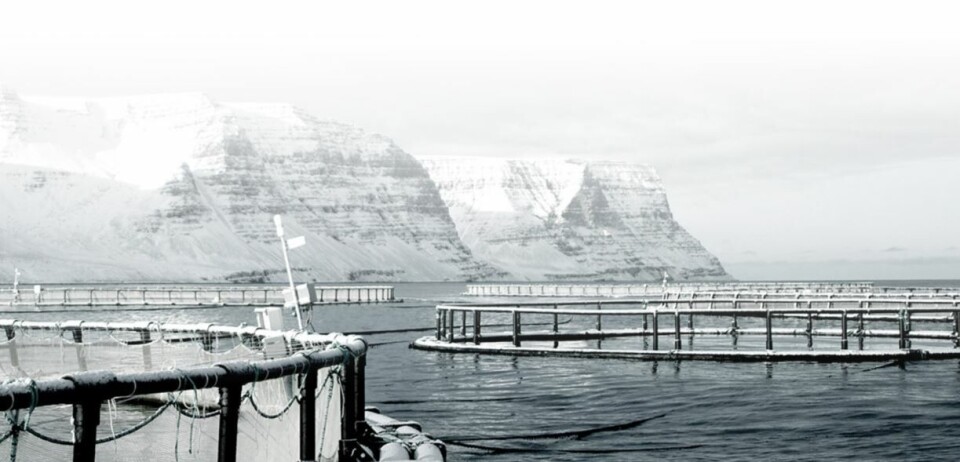
Frost-bitten: Cold and storms blamed for Icelandic salmon farmer’s £3.7m losses
Iceland’s biggest salmon producer, Arnarlax, has announced operating losses of NOK 40.2 million (£3.7m) for the first quarter of 2018. EBIT per kg was NOK -15.65.

In its Q1 report, the company said it experienced “an unusually high mortality rate caused by the handling of fish when sea temperatures in Iceland were extremely low”.
It added: “Further handling mortality occurred in connection with the relocation of fish after one of the company’s net pens was damaged in a storm.”
Overall, the company harvested around 2,600 tonnes of salmon, compared with 2,000 tonnes in the same period last year.
Gross operating revenues were NOK 139.8m, compared with NOK 146.2m in the corresponding period in 2017.
Arnarlax has reduced its harvest forecast for the year from 10,000 tonnes to around 8,000.
The company’s chief executive, Kristian B Matthiasson, said temperatures had been as low as 0.1 degrees in the first quarter, which is significantly colder than in the same period last year.
Very high mortality
"The main reason for mortality was due to equipment failures, where one of our cages was damaged and we had to move fish,” said Matthiasson.
“The relocation of the fish and the handling of the cage were under extremely suboptimal conditions which led to very high mortality, which is the main reason for the reduced volume now in the beginning of 2018. The volumes that are reduced are primarily related to the event as described above.
"We have taken the consequence of this and will now replace all remaining merchandise from this manufacturer during the summer of 2018.”
In recent years, Icelanders have experienced extraordinary mortality in the cages. In the autumn of 2017 it occurred as a result of bacterial kidney disease. According to Matthiasson, BKD is still a challenge in Iceland.
"Although we have taken great steps in the right direction, we are not free. We have the disease in the 17G (2017 generation) which is in the sea, but this generation performs very well. We have a goal that the 2018 intake of roe will be our first BKD free-labelled when this goes into the sea in 2019.”
The focus in the future, says Matthiasson, is ensuring the best possible growth conditions for 17G throughout the summer and autumn.
"Furthermore, there is a strong focus on industrial development in order to ensure good infrastructure and to reduce costs on land down to Norwegian level. And we are working to produce more and better smolt, in order to exploit our licence volume, now 22,700 tonnes,” he said.























































